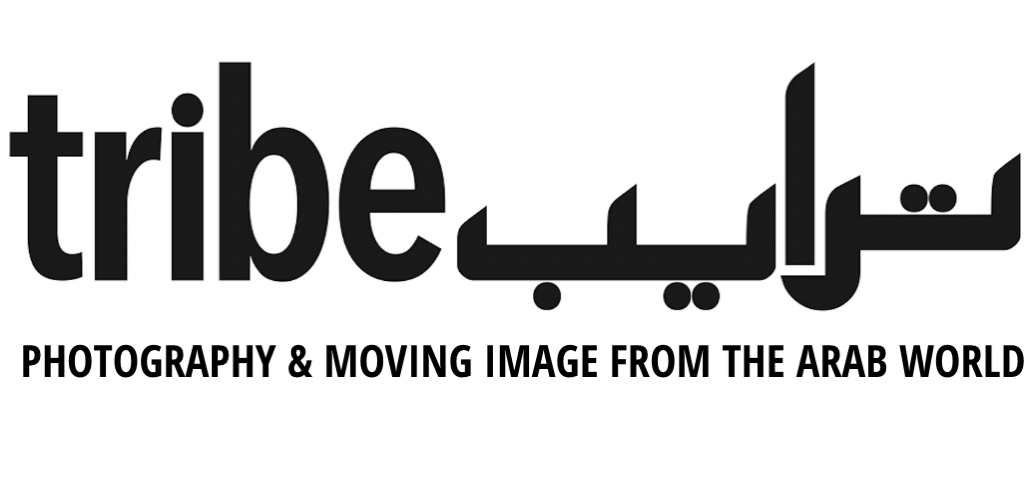Tarek Haddad: On Becoming Frozen
Tarek Haddad, Untitled, from the series A Room with Seven Roses (2018) archival pigment print, 30 x 45 cm. Courtesy of the Artist.
With text by Sacha Bahril
A frozen dead fish in a river in the mountains, it is a weird feeling being trapped in ice in time and space,” says photographer Tarek Haddad. “If the river gets back to a warmer temperature, it would nevertheless be too late for that frozen fish. I have this sense of missing out on time and being lost in space. It might be all too late for all of us in Lebanon.” Haddad is an artist who manages to state the obvious in a delicate and subtle way. He is in touch with the emotional scale of life through his artistic camera work. The series Still Life (2020) echoes the repercussions of confinement due to the global pandemic, but more specifically in Lebanon, where a multi-layered political, financial, and social crisis has been worsened by one of the largest brain drains ever.
Haddad is currently in Arles pursuing a Master’s degree in Photography, after completing a Bachelor’s in the same subject and another in Computer science at NDU university, in Lebanon. He is the recipient of numerous awards in Lebanon and a solo show at Galerie Janine Rubeiz in Beirut. In April 2018, he was accepted into an artist residency in Switzerland, where he explored the relationship between man and nature.
Although Haddad has a love story with photography, he had to explore many other avenues before finally settling into it. He thrives through its creative expression and the magic behind it. His fields of exploration circumvent the blatant, overt, and crude relationship of man and nature. It all started with his series, Neoplasticity (2016), in which a straightforward image of a cactus displays the particularity of having all its thorns removed, just like plastic surgery removes wrinkles while stretching limits, reshaping our physical appearance in order to make us seem more approachable.
Reflecting on his inability to photograph during the Lebanese revolution, Haddad says, “I couldn’t take my camera to the revolution of October 2019. I just couldn’t. My work did entail a series about the city in relation to the memory of the wars that I had not endured, since I wasn’t born yet.” He reveals the general sentiment in a mute way but always hits the heart of the matter.
In another series titled A Room with Seven Roses, Haddad took images of young victims of domestic violence without showing their faces or any other feature, and only showing the horrors of stories told. Somehow, he manages to lay bare the details of powerful issues in an indistinct frame. On another plane, he imagined the staged performance of a sheep with two lines drawn on its back, and managed to stage the scene during his stay in Switzerland. The story lies in the contrasts behind each image: Human/inhuman, animal/caretaker, treatment/experiment, untold/visualized.
Tarek Haddad, Still Life 07, from the series Still Life (2020) archival pigment print, 25 x 25 cm. Courtesy of the Artist.



